The race to save Myanmar's Inle Lake
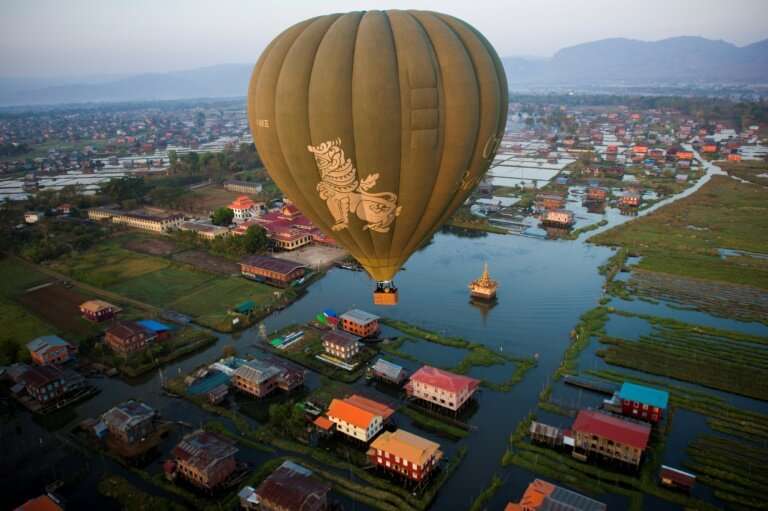
Myanmar's famed Inle Lake has enchanted tourists for decades with its floating gardens and the graceful leg-rowing style of its fisherman, but experts warn the lake is drying up and urgent action is needed to avoid disaster.
Each year around 200,000 foreigners and one million locals visit Inle—a vast, serene body of water surrounded by verdant hills.
Many criss-cross the lake on small wooden boats to visit stilted villages of the Intha ethnic minority.
Others glide soundlessly overhead in hot-air balloons as farmers tend to drifting fields of tomatoes below, grown on the water on layers of decomposing vegetation.
Fishermen elegantly propel their boats with their leg curled round a large oar.
But there is a "darker side" to this seemingly bucolic idyll, says Martin Michalon, a researcher into the impact of development on the lake.
As farmers race to produce higher yields, pesticides and fertilisers are slowly poisoning the water.
Inle is also shrinking at an alarming rate.
"One century ago, it was six metres (nearly 20 feet) deep in rainy season... now it is never more than three metres deep," explains Michalon.
Deforestation to clear land for development and slash-and-burn farming is thought to be largely to blame, with silt flowing into the lake from surrounding hillsides.
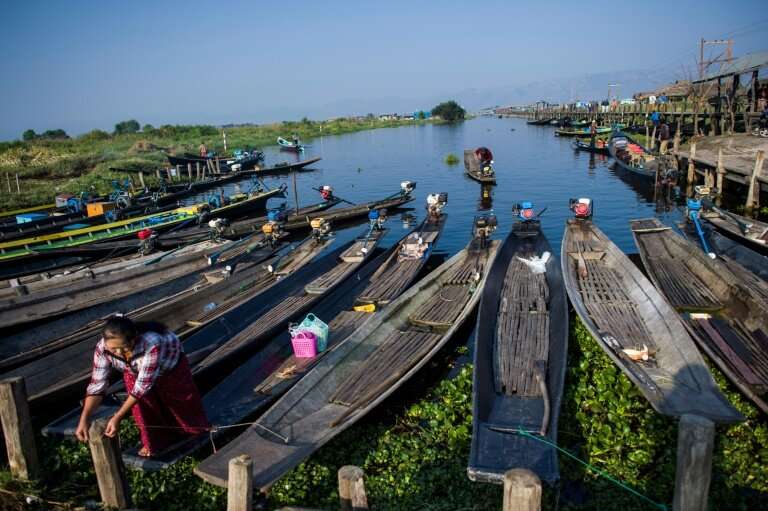
But water extraction for irrigation and increased numbers of tourists could also be putting undue strain on the water table.
If conditions at the lake deteriorate, then tourism—the area's most powerful economic driver—will also likely be affected.
Urgent action is needed to avoid Inle experiencing this "double disaster" in the next few years, warns Michalon.
Political will to help save Inle Lake has so far not been translated into action.
"There is very loud commitment, but on the ground very little changes," he added.
-
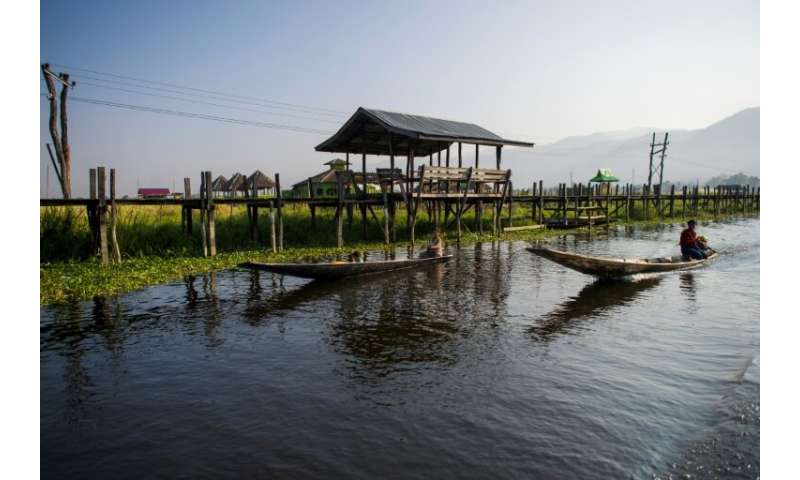
As farmers race to produce higher yields, pesticides and fertilisers are slowly poisoning Inle's waters -
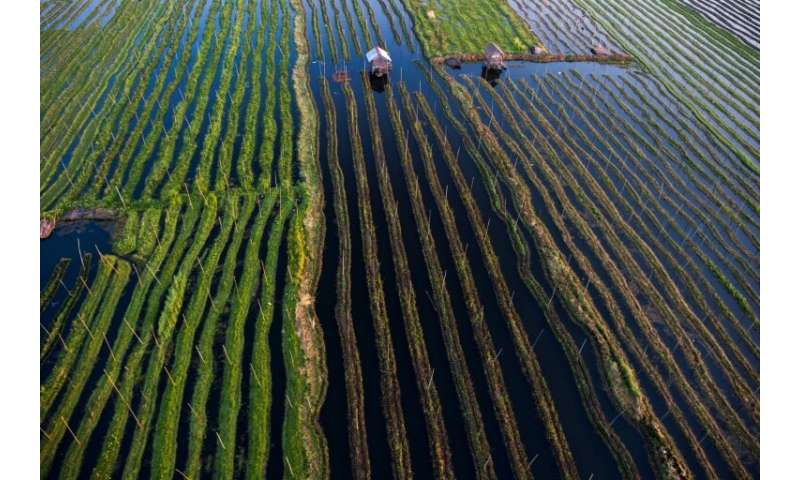
Farmers at Inle Lake grow crops on the water on top of layers of decomposing vegetation -
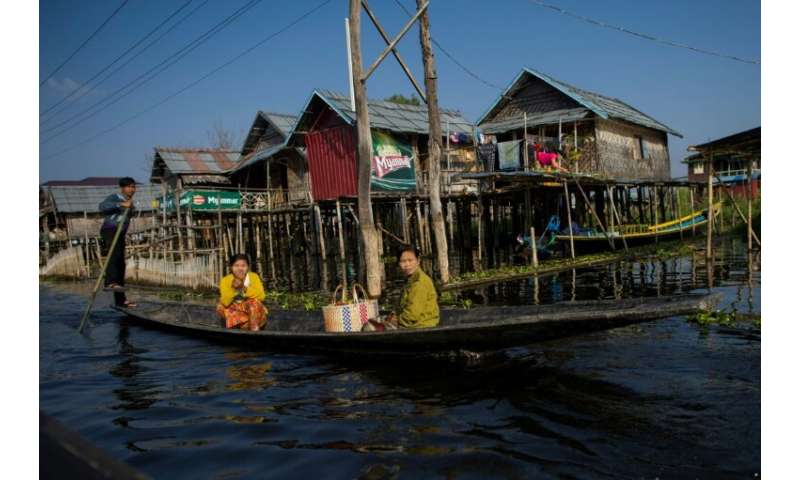
Water extraction for irrigation and increased numbers of tourists could also be putting undue strain on Inle Lake's water table -
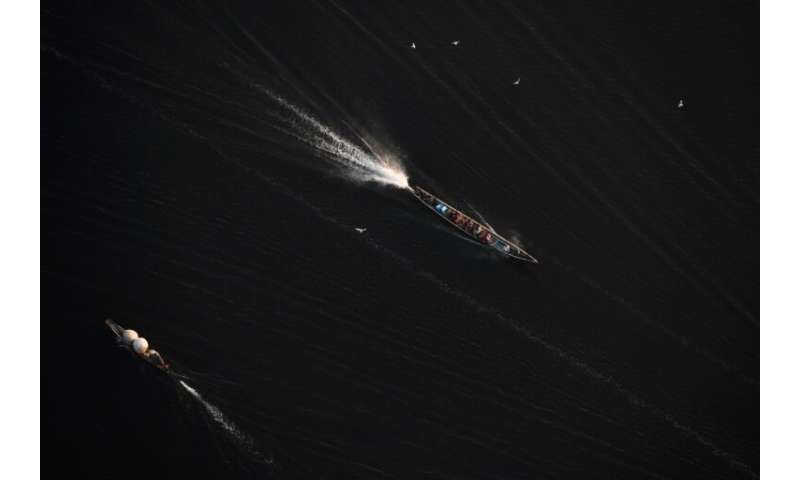
If conditions at the lake deteriorate, then tourism—the area's most powerful economic driver—will also likely be affected -
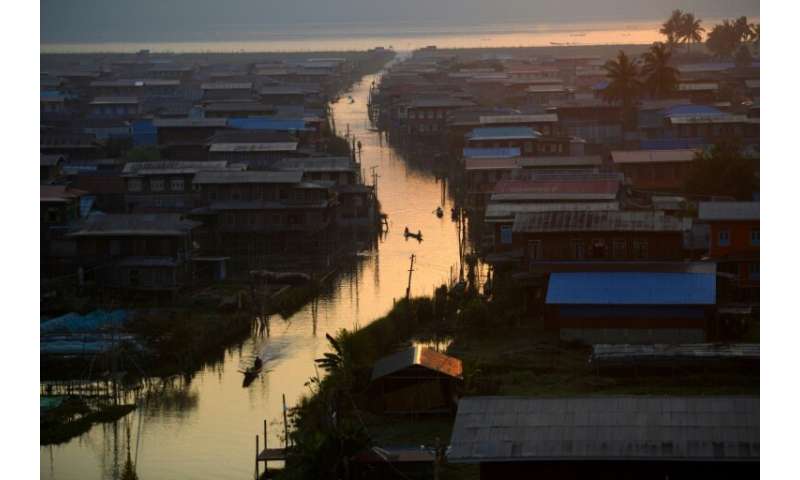
Political will to help save Inle Lake has so far not been translated into action
© 2019 AFP

















